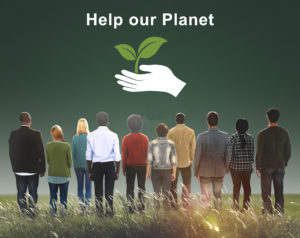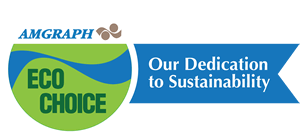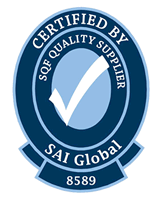The Flexible Packaging Association (FPA) has published two studies spotlighting the need to communicate the benefits of Flexible options
 Two pieces published by the FPA bring into focus the need to educate consumers about what flexible packaging is and why it is a desirable alternative to plastic and other non-sustainable materials. The first is called “Perspectives on the Meaning of Sustainable Packaging,”and it takes a look at how brands can demonstrate their leadership in environmental issues by educating consumers about their use of flexible packaging.
Two pieces published by the FPA bring into focus the need to educate consumers about what flexible packaging is and why it is a desirable alternative to plastic and other non-sustainable materials. The first is called “Perspectives on the Meaning of Sustainable Packaging,”and it takes a look at how brands can demonstrate their leadership in environmental issues by educating consumers about their use of flexible packaging.
The results of this survey indicate that consumers are interested in green manufacturing and sustainability, and this opens the door for brands to let them know that they are taking the right steps to improve their carbon footprints.
The study showed that the sustainability advantage of flexible packaging is more likely to resonate with consumer aged 18 to 44, who (according to the FPA) represent the next wave of buying power in the United States. Brand owners who promote these messages can take advantage of the opportunity.
Additionally, the FPA also recently published a report called “A Holistic View of the Role of Flexible Packaging in a Sustainable World.” This reports highlights in detail the sustainability benefits of flexible packaging. In a recent post 0n the Plastics Technology website PTOnline.com, the key points of this report were summarized to show the dramatic results from the case studies. They show that flexible packaging has more favorable environmental attributes for carbon impact, fossil fuel usage, water usage, product-to-package ratio, as well as the amount of packaging material going to the landfill when compared to other packaging formats for the same products.
For example, a coffee case study was featured in the report. Ground coffee can be packaged in a variety of formats, and in this study the stand-up flexible pouch, steel can, and rigid plastic canister package formats were evaluated for their environmental impact. The steel can used 16 times as much water as the stand-up flexible pouch, mainly because large amounts of water are used during the cooling process in the formation of steel. The rigid plastic canister consumed double the water of the stand-up flexible pouch.
Additionally, the production of steel cans and rigid canisters both require more energy and have higher carbon emissions. The carbon impact is lower for a lighter weight stand-up flexible pouch that holds more of the product and uses less material.
Flexible packaging consistently provides more favorable environmental outcomes than single-use plastics, steel cans, and other high-carbon-footprint options. As consumers grow more concerned about the environmental impact of their buying decisions, they need to be educated about what companies are doing to address those concerns—and how desirable and effective those alternatives actually are.
If you are interested in leveraging the consumer interest in sustainability, while also creating packaging that performs better across a broad range of metrics, check out AMGRAPH’s flexible packaging technology. AMGRAPH is a long-time leader in the flexible packaging industry, and we can help you meet the demands of a changing customer base—while doing right by the planet, too.









